
How many grafts will I need for a successful hair transplantation?
What is a graft and what role does it play in hair transplant surgery?
A hair graft is a small piece of tissue or a group of hair follicles that are transplanted from a genetically resistant area of the body, usually the back or sides of the scalp, to an area where hair loss or thinning has occurred. During this transplantation, hair follicles are harvested and implanted in bald areas. The follicles may be single, double, or triple. The procedure requires the expertise of hair transplantation specialists and is carried out with precision. Long Hair Center separates and places individual grafts, particularly single grafts, using a microscope to ensure a natural appearance of the hair. Hair transplantation in Turkey is supported by advanced technology equipment and microsurgical techniques, which contribute to achieving precise and natural results.
Factors that affect the number of grafts:
The number of grafts required is influenced by several factors:
Firstly, the degree of hair loss is important. Individuals with advanced hair loss typically require more grafts.
Secondly, hair density plays a role. Depending on the desired density, more grafts may be needed.
Thirdly, the quality of the donor area is significant. The donor area refers to the region from which hair follicles are harvested. A healthy and dense donor area enables the collection of more grafts.
Lastly, the desired hair design also affects the number of grafts, with the number varying depending on goals such as recreating the hairline or increasing hair density.
It is essential to undergo a comprehensive evaluation by a hair transplantation specialist to determine a personalized number of grafts based on these factors. Long Hair Center aims to ensure that the donor area at the back of the head looks natural even after hair transplantation by harvesting grafts.
Optimal Graft Numbers Assessment
When it comes to hair transplantation, it is important to carry out an individual assessment. Although the average number of grafts is a general guide, each person's needs can vary. For individuals with mild to moderate hair loss, typically 2000 to 3000 grafts may be sufficient to achieve goals such as recreating the hairline, providing density in the frontal areas, or filling in specific areas of thinning. In some cases, a more extensive hair restoration may be necessary, with 3000 to 5000 grafts or more needed. For individuals experiencing advanced hair loss, a personalized evaluation and consultation is necessary to determine the actual number of grafts required. It is important to note that every individual has different hair characteristics, hair density, and personal goals. A hair transplant specialist will take the correct approach by performing a comprehensive scalp analysis and detailed assessment to determine the most appropriate number of grafts for each individual's needs.
Personalised Evaluation:
A personalised evaluation by the doctor is crucial during the hair transplantation process. Each individual has different hair loss levels, structure, density, and goals. Therefore, the consultation process with a hair transplantation specialist is essential to conduct an individualised evaluation. During the consultation, a scalp analysis is conducted to evaluate the current condition of the hair, and the individual's desires are considered. Experts take these factors into account when formulating the hair transplantation plan and determining the number of grafts required. The evaluation also includes the quality of the donor area, which refers to the healthy and dense area from which the grafts will be extracted. In order to determine the optimal number of grafts and to ensure a successful outcome of the hair transplant procedure, a personalised evaluation and planning process is carried out. The hair transplant specialist will consider the individual's specific needs and hair type, aiming to achieve a natural and aesthetically pleasing result and determine the number and distribution of grafts accordingly.
-
 Is hair transplantation the only way to regain hair?
Is hair transplantation the only way to regain hair?Currently, there are various solutions available to address hair loss issues, including... Click for details
-
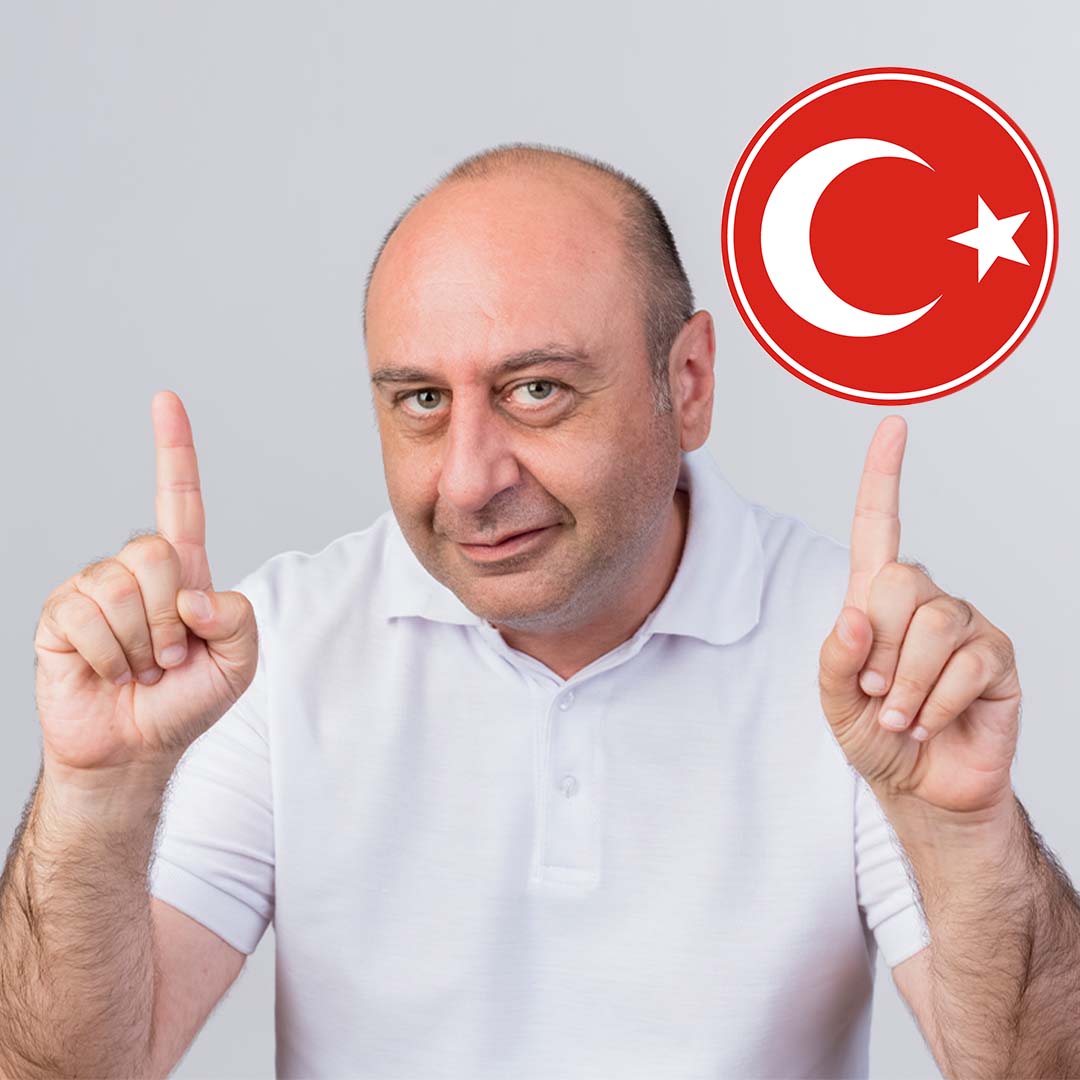 The Importance of Hair Transplantation in Turkey
The Importance of Hair Transplantation in TurkeyTurkey is a leading hub for hair transplantation, known for its skilled and knowledgeab... Click for details
-
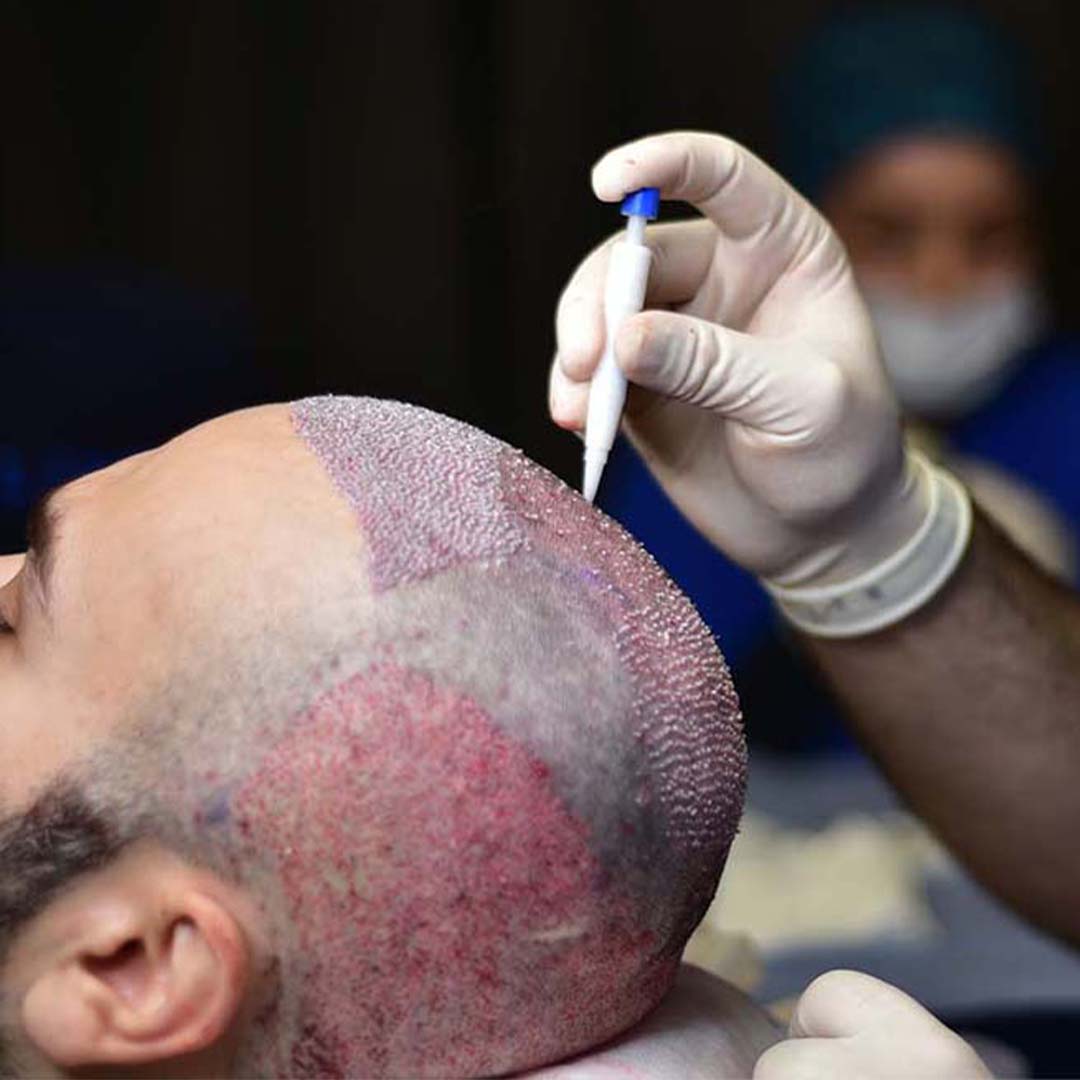 What to Expect After a Hair Transplant
What to Expect After a Hair TransplantHair transplantation follows a natural growth process, and follicles do not start growi... Click for details
-
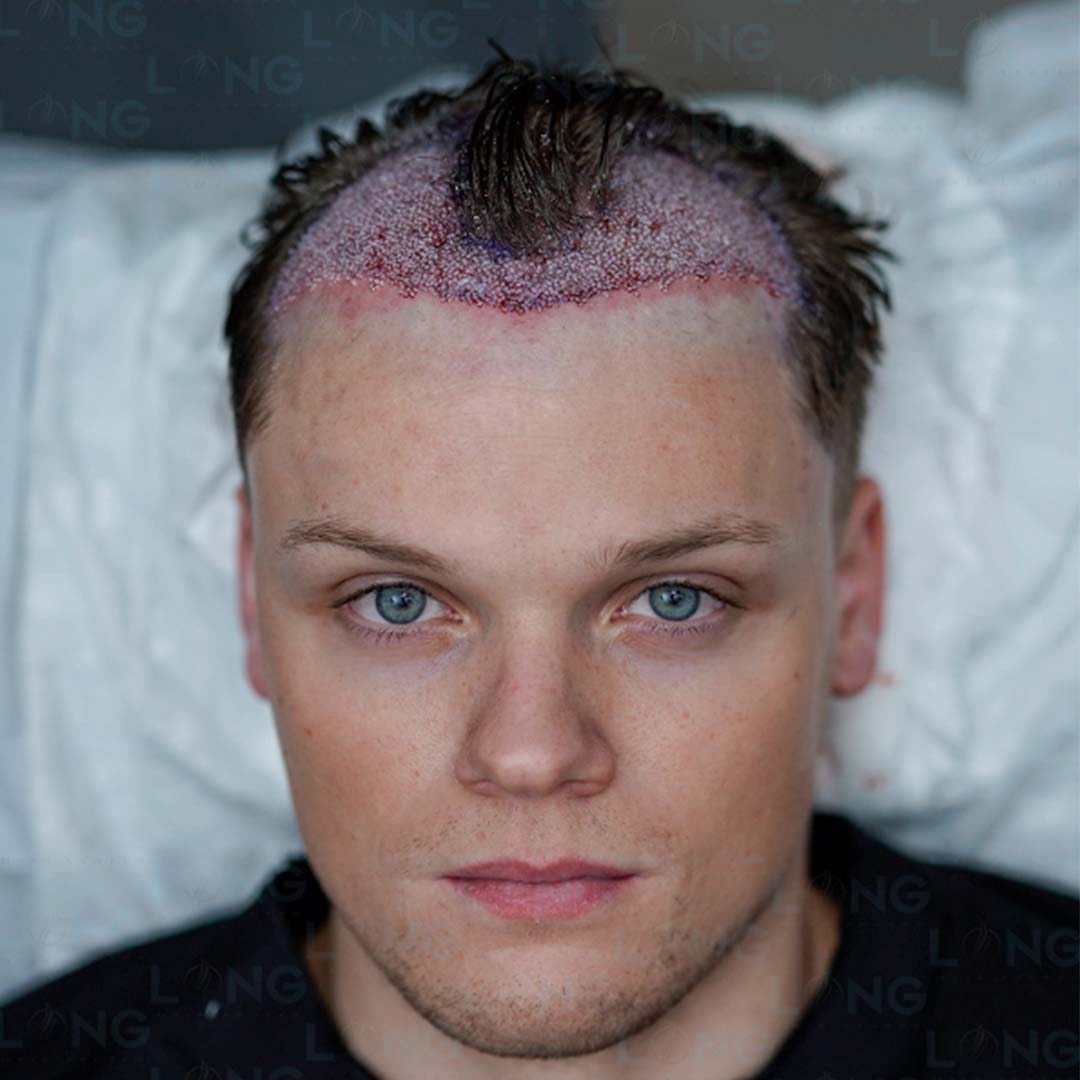 Unshaved Hair Transplantation in Turkey
Unshaved Hair Transplantation in TurkeyPatients are often concerned about the shaving of their head in preparation for hair tr... Click for details
-
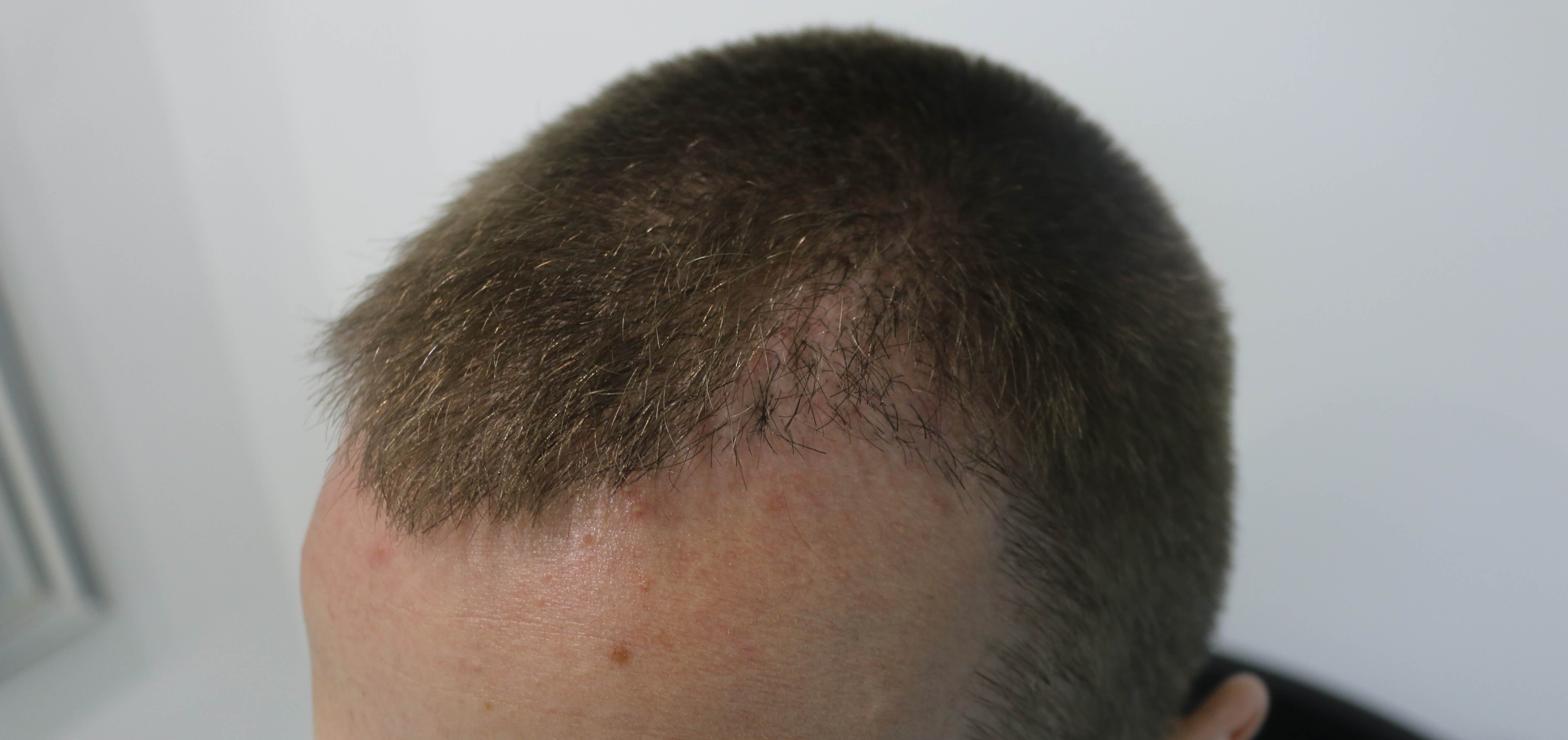 Hair Transplant Operation with DHI Technique in Turkey
Hair Transplant Operation with DHI Technique in TurkeyDHI (direct hair implantation) is a modification of the FUE technique. In FUE and FUT h... Click for details
-
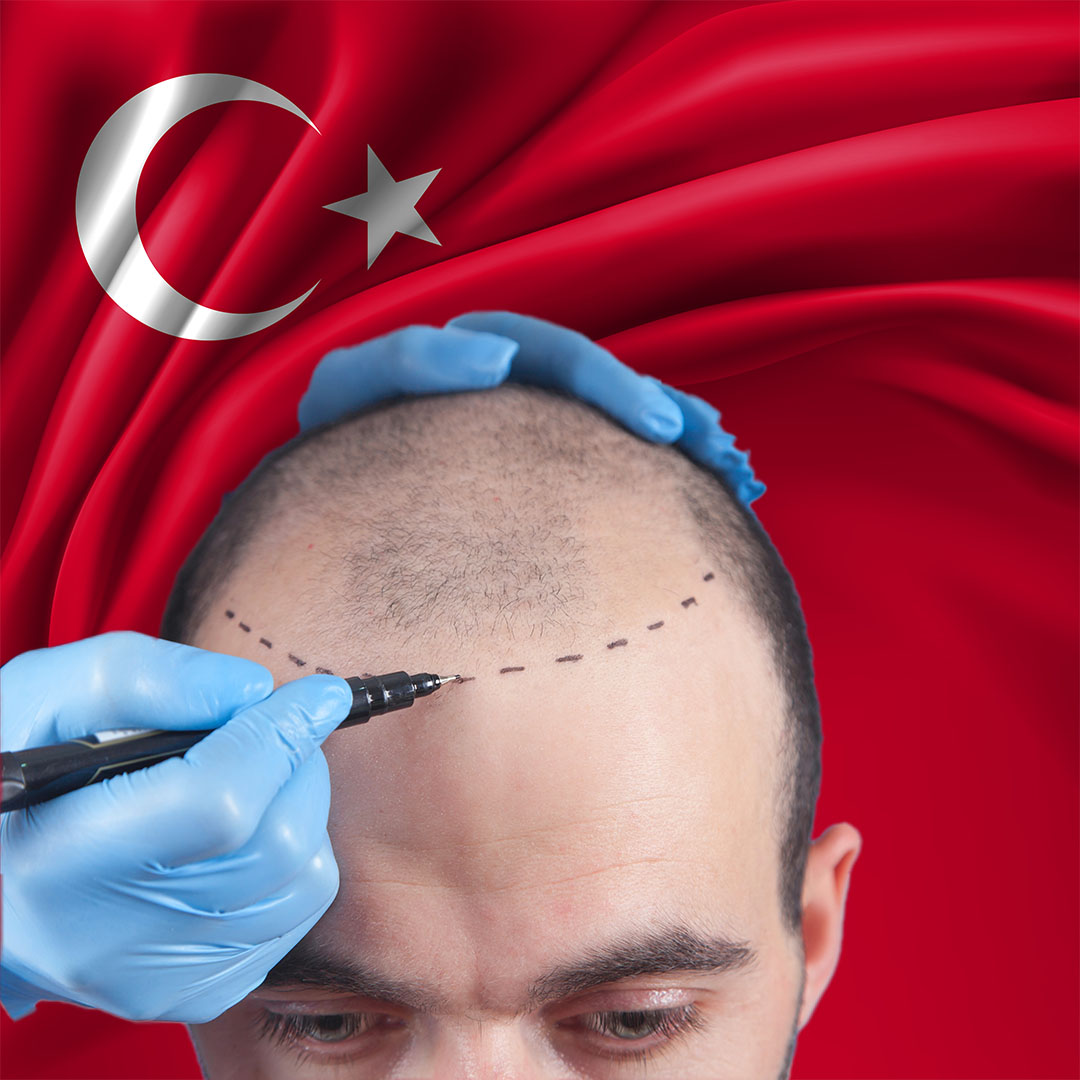 Is Turkey a Hub For Getting Hair Transplanted?
Is Turkey a Hub For Getting Hair Transplanted?When it comes to healthcare or hair transplant services, Turkey has consistently demons... Click for details
-
 The Clinic That Accepts Crypto-Payments
The Clinic That Accepts Crypto-PaymentsWhat Is Cryp... Click for details
-
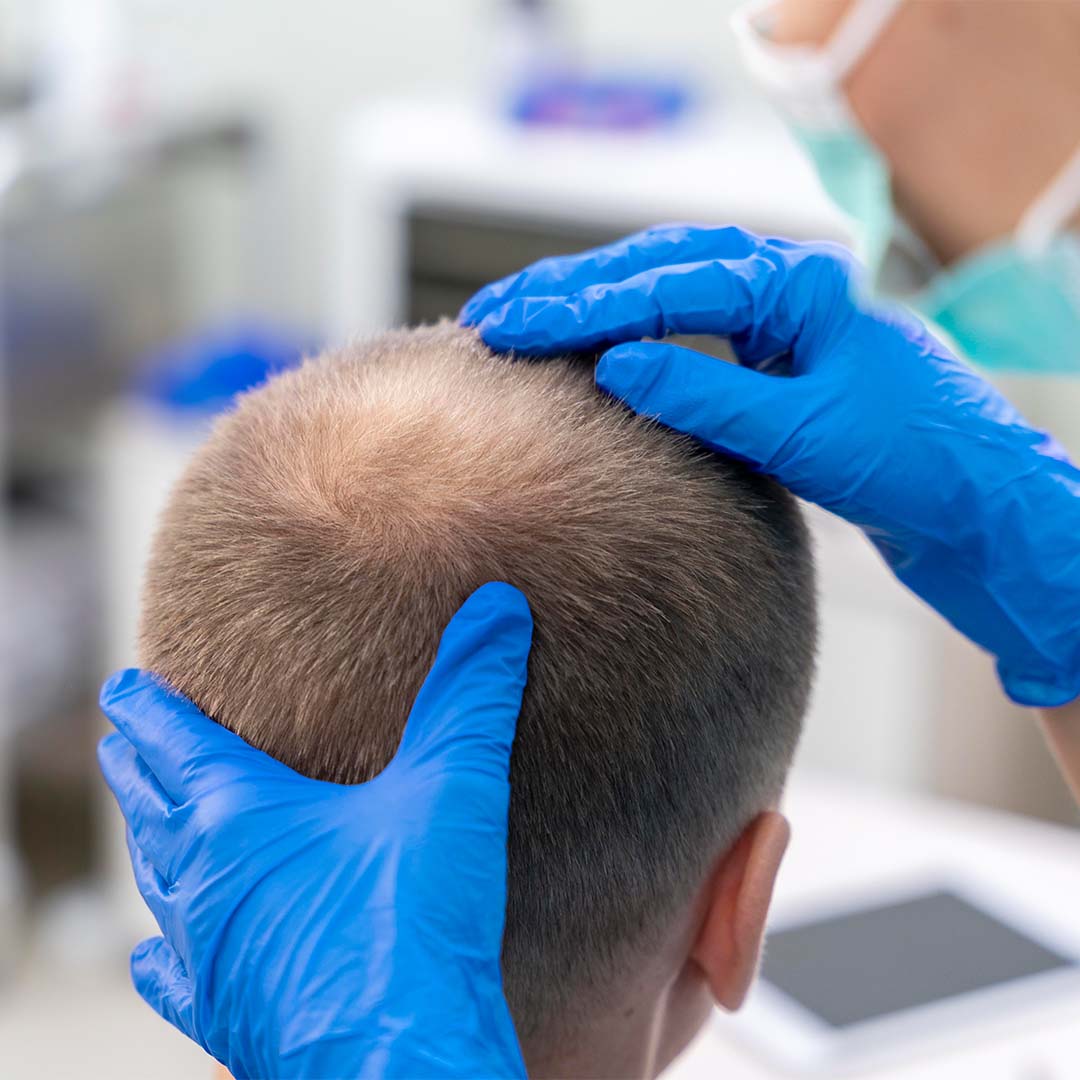 Will Transplants to the Crown Area be Successful?
Will Transplants to the Crown Area be Successful?Will Transpl... Click for details
-
 Sexual Intercourse After Hair Transplant
Sexual Intercourse After Hair TransplantSexual Inter... Click for details
-
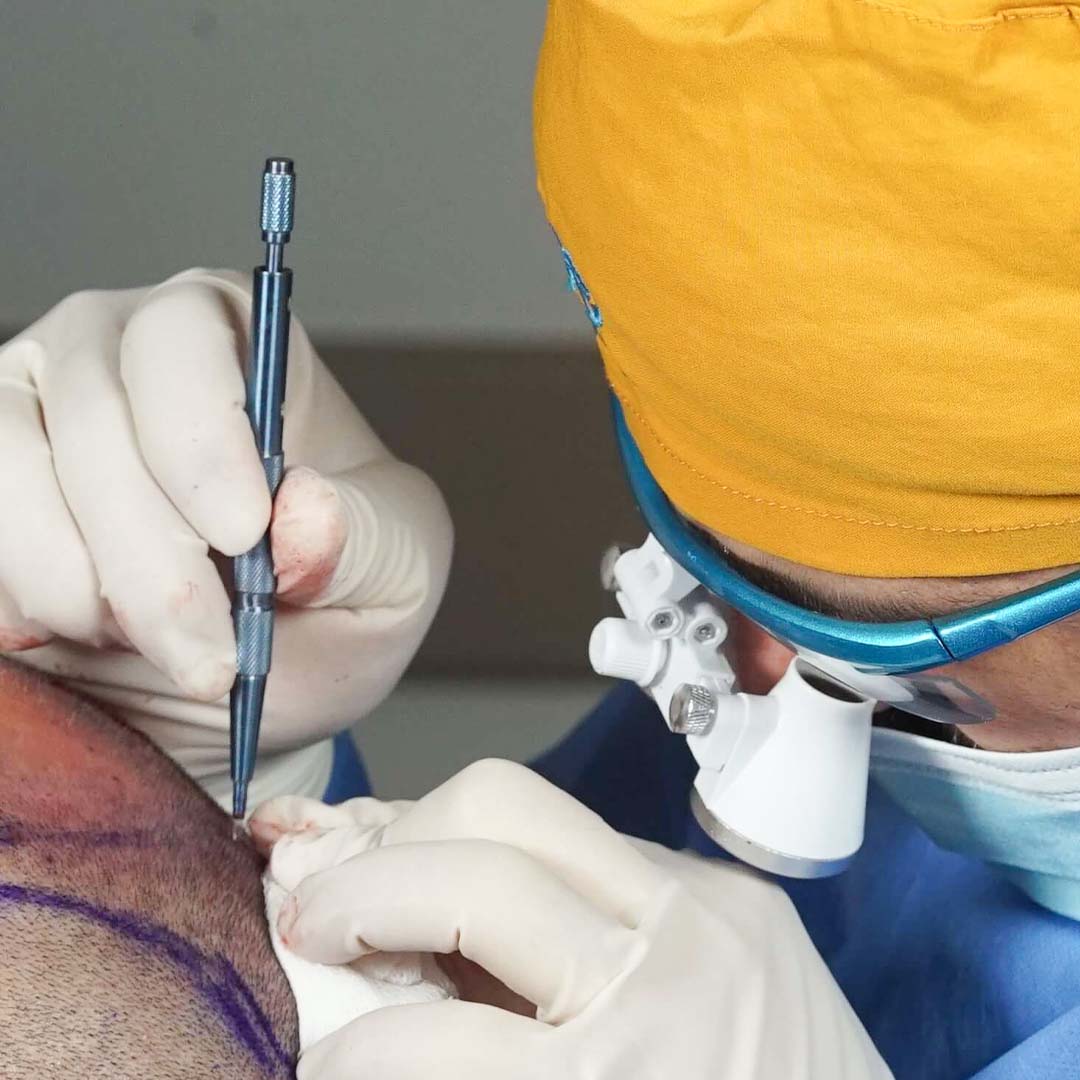 Is Sapphire FUE Hair Transplantation Successful in Turkey?
Is Sapphire FUE Hair Transplantation Successful in Turkey?Is Sapphire... Click for details
